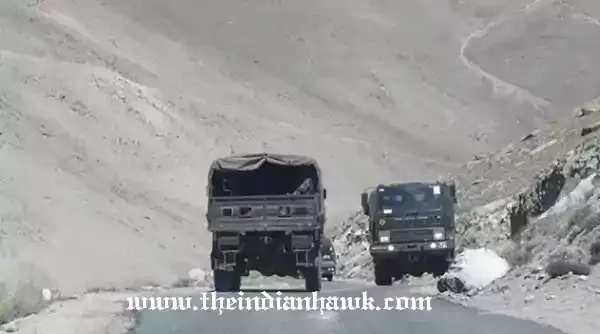India-China stand-off: Must avoid changing LAC status quo, says MEA
 |
| File Photo |
NEW DELHI: The government said it was important to avoid changing the status quo in border areas while India and China continue their discussions to achieve complete disengagement in all friction areas and to ensure full restoration of peace and tranquillity along the Line of Actual Control (LAC).
The seventh round of military commanders meeting as well as the next round of Working Mechanism for Consultation and Coordination on India-China Border Affairs (WMCC) talks between Indian and Chinese officials will be scheduled “soon”, the MEA said on Thursday.
LAC stand-off: Complete coverage
Responding to questions on the state of play in eastern Ladakh between Indian and Chinese troops after the sixth round of talks between military commanders on Monday, MEA spokesperson Anurag Srivastava said the meeting took place after a gap of 50 days but resulted in the first joint statement by India and China following such discussions. He interpreted this to reflect “the stated commitment of both sides to disengage along the LAC”.
Observing that disengagement was a “complex” affair which would ultimately involve two armies moving back to permanent positions on their own side of the LAC, Srivastava said, “Even as two sides work towards complete disengagement in all friction areas, it is at the same time also necessary to ensure stability on the ground. The latest senior commanders’ meeting should be seen in all this overall context.”
Srivastava insisted the process had to be “reciprocal” — that Indians would move once the Chinese did so. India has said that the root of the current stand-off was the unusually large build-up and amassing of troops by the Chinese in contravention of existing agreements.
The commanders meeting expanded the discussion on disengagement to “all friction areas” apart from just Pangong Tso. The Chinese side, according to reports, wanted to confine the discussions to the southern bank of Pangong Tso, an area where Indian troops have acquired dominance over crucial ridges and heights.
At the foreign ministers’ meeting in Moscow, S Jaishankar had insisted, and the point was accepted by the Chinese side, “that the two sides should continue the dialogue and quickly and comprehensively disengage in all the friction areas”.

.png)